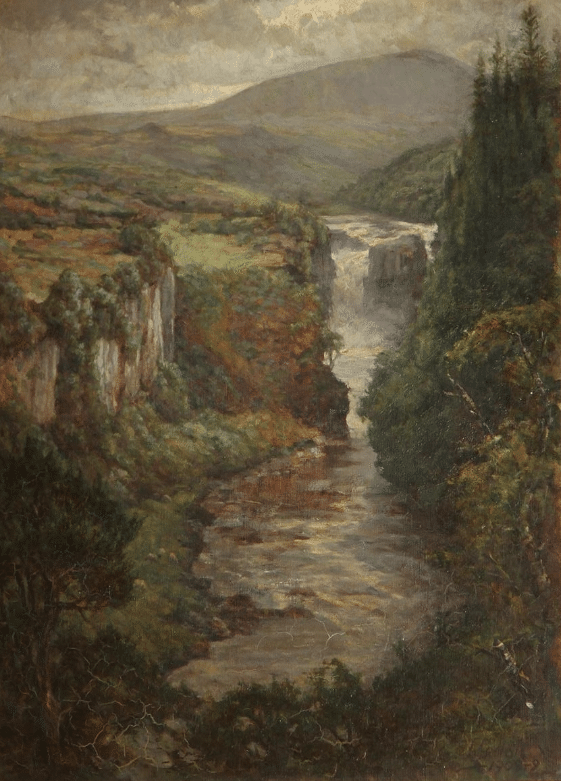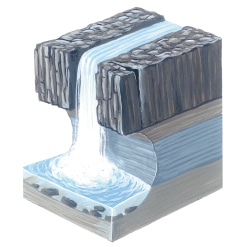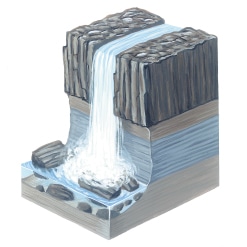A Timeless Inspiration for Artists and Writers
Throughout the centuries, artists and writers alike have attempted to capture the majesty of High Force. The first known painting of the falls was created in 1746 by George Lambert, and in 1816 the renowned artist J.M.W. Turner painted a watercolour of High Force when he toured the area



